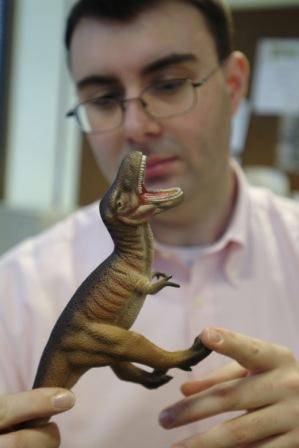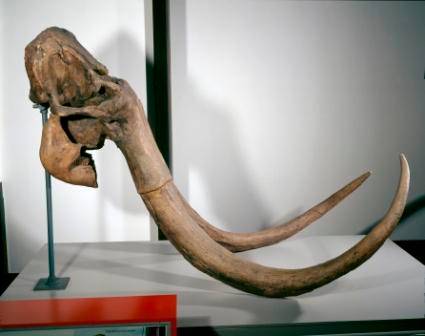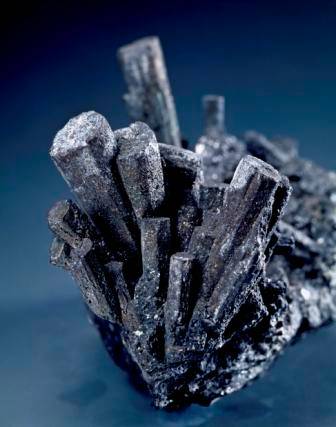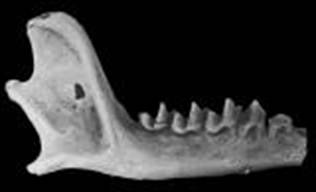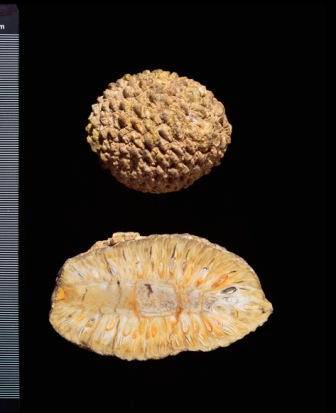Scientists working on the diversity of life are familiar with new estimates of the number of species – we believe that there are around 1.7 million species that have been described over the past three centuries, the vast majority represented in collections such as that of the NHM. Estimates of the total number of species that actually exist vary hugely, ranging from 10 million to up to 100 million - but the majority certainly seem to be unknown and undescribed. Contrast this with the view in the mid-Eighteenth Century, when Linnaeus thought in terms of the thousands of species that might exist, and was able to describe what he thought was a substantial proportion of life on Earth.
We know some groups reasonably well: for example the discovery of new bird species is at a low frequency and mammals similarly so, despite there being a large number of scientists who specialise in these groups. The situation with invertebrates is rather different – we think that there are millions of undescribed species and the limiting factor is the number of scientists available to find and describe them.
But this traditional model is based on knowing that a group exists and (more or less) what a species is in that group– such as beetles, or flowering plants, or nematodes. When it comes to very small organisms – whether bacteria or other groups, we are much less certain of the overall extent and groupings of natural diversity.
Our view has been limited in the past by the need to see the organism or to be able to culture it in a laboratory.. Our understanding now can change rapidly as a result in advances in the use of molecular biological techniques that enable us to look for distinctive DNA or RNA in the environment and compare this with what is already known.
A new discovery, led by NHM scientist Tom Richards with David Bass (both in Zoology), and collaborators from Exeter, Cambridge, Barcelona and Harvard, has opened up a new horizon in how we think about fungal diversity (Jones et al., 2011). It could represent the discovery of a new fungal phylum - a major group in taxonomic terms.
Fungi are extremely diverse – with traditional estimates of 1.5 million species. They are more closely related - as a sister group - to animals than to plants and have traditionally been thought to have characteristic cell walls made of chitin or cellulose. It is thought that plants, animals and fungi all originated from single-celled organisms that used flagellae to propel themselves through water (James et al., 2006).
Tom, David and their colleagues took information on known RNA diversity in fungi and compared this with new material from sea and freshwater samples from Devon in the UK. They found a wide diversity of new RNA profiles for previously unknown organisms that were clearly within the fungi but which were distinctly different from what was already known: the new profles were most similar to a couple of unusual species in the genus Rozella. Rozella is considered a primitive fungus because it lacks the normally characteristic cell wall (as do the newly discovered fungi) and has represented a tiny and uncharacteristic group in past understanding of fungal diversity. The lack of a cell wall seems to make these fungi difficult to culture in the laboratory - and so difficult to find.
They also found evidence that these new and hidden fungi – which they called Cryptomycota – have three life cycle stages: one a resistant dormant cyst; a second mobile zoospores with flagellae; and a third attached to the cell of another organism (such as diatoms, which are single-celled plants).
What does this mean? These fungi could play a significant part in ecosystems, interacting with other organisms and influencing how those ecosystems work and how other organisms live. We don’t at this stage know how widespread they are, how diverse they are, or their ecology, but given their diversity it seems possible that they are widespread and their ecology diverse.
It also shows that our traditional methods of exploring diversity can miss major groups – if we have not been able to see organisms easily, and they cannot be cultured in the lab, we do not know that they exist, so our estimates of possible diversity could be significantly in error. What else is there to be found?
James, T. et al. (2006) Reconstructing the early evolution of Fungi using a six-gene phylogeny. Nature 443, 818-822 (19 October 2006) doi:10.1038/nature05110
Jones, D.M. et al. (2011) Discovery of novel intermediate forms redefines the fungal tree of life. Nature, Published online 11 May 2011 doi:10.1038/nature09984
http://www.nature.com/news/2011/110511/full/news.2011.285.html



